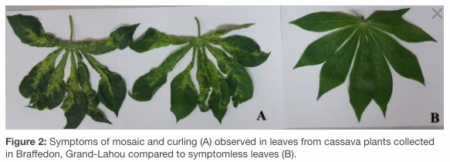Luigi linked, with scarcely a comment, to a plant breeding paper by Kevin Folta, scourge of biotech deniers everywhere.
Stripped down, what Folta and his co-author, Harry J Klee, propose is that plant breeders “can now turn to the consumer for guidance in defining critical desires,” by which they mean previously unconsidered trifles like flavour and aroma.
I was going to let it lie – nil nisi bonum and all that – but I just can’t.
The burr under my saddle is not the cutesy metaphor of the Model T Ford, nor the pedantic insistence that tomato is a fruit while strawberry is a vegetable. It is this:
The idea of putting the consumer first is shockingly novel …
To which I can only reply, “Srsly?”.
What about the shockingly novel idea of participatory variety selection, in which participants are encouraging to evaluate sensory traits and even practical matters like preparation and cooking time? What about the Culinary Breeding Network and many other breeders who are already working closely with chefs and other consumers?
Another shocking aspect to the paper is how fundamentally reductionist it is, although that also explains why they think it so novel to consult people who eat fruit and veg, as opposed to intensive farmers and their customers, the usual consumers for reductionist plant breeders. The focus is on relating what consumers say they like to specific levels of specific compounds, and those compounds to specific genes, the better to manipulate them.
There are, I admit, some juicy insights as a result of this approach. It is indeed interesting that in the strawberry vegetable, a few specific genes underly specific different flavours, while in the tomato berry many related genes and metabolic pathways influence flavour, and are under the control of a few regulatory genes. One heirloom tomato is consistently reported as sweeter than a modern variety, even though it contains 10% less sugar. Why? Because it contains “significantly higher levels of certain volatiles … creating the illusion of sweetness in the absence of sugar”. In strawberries, “furaneol and its methyl ether 2,5-dimethyl–4-methoxy–3(2H)-furanone … produces [sic] a rich, buttery, caramel-like aroma” while γ-decalactone – produced by the gene FAD1 – “confers a strong peach essence”.
Folta and Klee conclude by noting that:
Coupling the targets defined by consumer tests to today’s powerful metabolomic and genomic technologies, plus the potential for genome editing, suggests that creating the next wave of highly flavored fruits and vegetables can be streamlined compared with yesterday’s processes of traditional breeding.
It suggests other things, too, but I’ve said plenty.
Syndicated from The Mothership.
